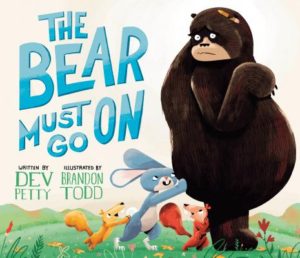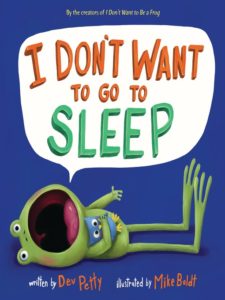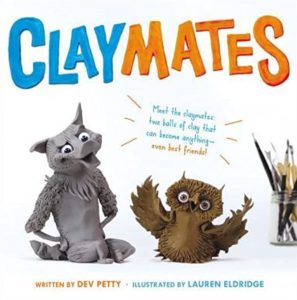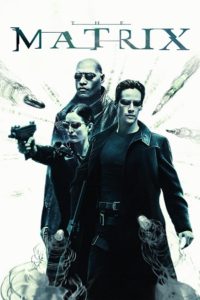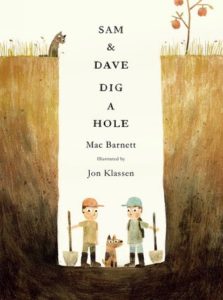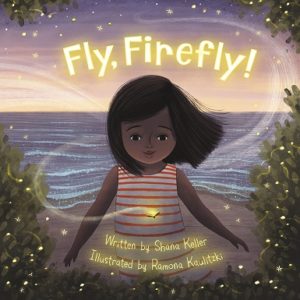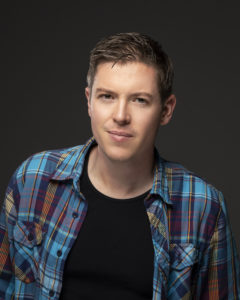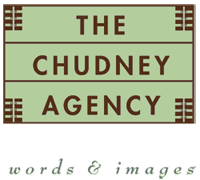 While literary agent Steven Chudney is a bit camera-shy (I’ve worked around this via the “photo-realistic” artwork I provided alongside his agency’s logo!), The Chudney Agency is devoted mostly to kidlit (about 10% of his list is Adult), and there are plenty of clients who sing his praises. That’s already got the OPB radar turned his way.
While literary agent Steven Chudney is a bit camera-shy (I’ve worked around this via the “photo-realistic” artwork I provided alongside his agency’s logo!), The Chudney Agency is devoted mostly to kidlit (about 10% of his list is Adult), and there are plenty of clients who sing his praises. That’s already got the OPB radar turned his way.
 But when I learned that he was part of the marketing campaign for the 40th anniversary of Eloise, the launch of a line of kidlit books for Nickelodeon, and the development of the Cheerios board books, I knew he had to pop in to chat with us at OPB.
But when I learned that he was part of the marketing campaign for the 40th anniversary of Eloise, the launch of a line of kidlit books for Nickelodeon, and the development of the Cheerios board books, I knew he had to pop in to chat with us at OPB.
With that, let’s pour two cups of oolong, get comfy on some easy chairs, and have a chat with our new friend, Steven!
RVC: What was the turning point that set you on the path to become a publishing professional? How early did that happen?
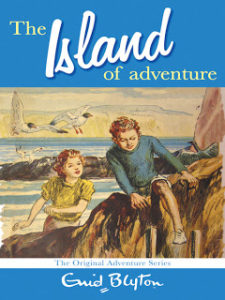 SC: Although I’m American born, I grew up and lived in Israel for 7 years as a young boy and teenager. I didn’t enjoy reading in Hebrew, and so I read a ton of British books for kids, like all of those lovely and kitschy Enid Blyton books. Then, I got my first real job working in a small English used bookstore in our town, Andy’s Books. Tons of paperbacks. I was about 12, before my bar mitzvah! That’s when I discovered Agatha Christie mysteries. I loved working in the bookstore and felt so lucky to be surrounded by books. To this day the scent of old books is quite intoxicating.
SC: Although I’m American born, I grew up and lived in Israel for 7 years as a young boy and teenager. I didn’t enjoy reading in Hebrew, and so I read a ton of British books for kids, like all of those lovely and kitschy Enid Blyton books. Then, I got my first real job working in a small English used bookstore in our town, Andy’s Books. Tons of paperbacks. I was about 12, before my bar mitzvah! That’s when I discovered Agatha Christie mysteries. I loved working in the bookstore and felt so lucky to be surrounded by books. To this day the scent of old books is quite intoxicating.
RVC: That helps explain how you went on to hold a number of different jobs in the book world (sales, marketing, licensing, and sub-rights positions at Viking Penguin; Farrar, Straus & Giroux; Dell; Simon & Schuster, and Winslow Press). How has that range of experience positioned you to be a successful literary agent?
SC: It seems cumulatively I had the perfect background to become an agent. Every one of those positions offered me experience needed in my present job: how to negotiate, how to review a contract, how to think about a manuscript in terms of future marketing and sales potential. When I worked at Winslow Press (now defunct) I handled sub rights for the small list there and was lucky that they sent me to the Bologna Bookfair–so that was wonderful, of course, but it really opened up my eyes to the international scope of children’s books and introduced me to many foreign children’s publishers.
RVC: It must’ve been a real treat, then, being able to work on such big brands like Eloise and the Cheerios board books?
SC: It taught me the power of the brand, and specifically for an evergreen or legacy brand. Everyone knew Eloise, of course, and it was our responsibility to keep the book in the forefront of booksellers minds, so the 40th anniversary was a perfect opportunity to create more awareness and to increase sales.
Cheerios was very different. It’s not a literary brand, of course, but it was such a known commodity, a top brand–especially with mothers/caregivers and snacking toddlers. At this point in my career, I was the director of licensing and product development at Simon & Schuster. I was charged with bringing in all kinds of licenses to see how they could be leveraged and made into books for children.
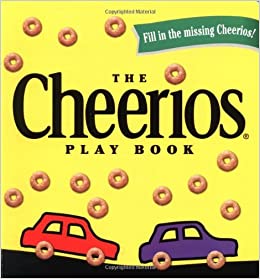 I kid you not, this is how it happened: I had read an article about the pincer grasp, which is a big milestone for toddlers in their fine motor development. So I was food shopping, rolling down the cereal aisle, probably thinking about work as one does, and I stopped to let a mother and her kid pass–their cart had 3 boxes of Cheerios in it. Somehow my brain made a connection with the article I had read and this cereal brand–and I knew I wanted to do Cheerios toddler board books. Back in the office I presented the brand and described that the board book pages needed to be thick so that a toddler could insert a Cheerio piece in a round indentation. Voila! The perfect book to help a toddler with their pincer grasp.
I kid you not, this is how it happened: I had read an article about the pincer grasp, which is a big milestone for toddlers in their fine motor development. So I was food shopping, rolling down the cereal aisle, probably thinking about work as one does, and I stopped to let a mother and her kid pass–their cart had 3 boxes of Cheerios in it. Somehow my brain made a connection with the article I had read and this cereal brand–and I knew I wanted to do Cheerios toddler board books. Back in the office I presented the brand and described that the board book pages needed to be thick so that a toddler could insert a Cheerio piece in a round indentation. Voila! The perfect book to help a toddler with their pincer grasp.
RVC: Wow. That’s an amazing story.
SC: I went on to negotiate the license with General Mills, though I eventually left S&S. By that time, I think there were three Cheerios books that had sold millions of copies. A shoutout to Lee Wade who was the art director at the time at S&S (she now has her own imprint at Random House). She designed and gave birth to all the books.
RVC: Since we’re talking about giving birth here…let’s move ahead to chat about you forming The Chudney Agency in 2002.
SC: I actually became an agent because I was in between jobs. I had foolishly quit a position without having anything else lined up (I did say it was foolish), and then September 11th happened and all of New York froze. For months…no jobs opened up, nothing. I needed to do something and it was suggested to me that I be an agent–and that’s exactly what I did.
I must say here I couldn’t have done any of this without the tremendous support of Ralph, my beloved partner when I founded the agency, who is now my husband. I literally would have been homeless had I tried to do this totally on my own. He was totally onboard and behind me from day one.
RVC: What would you have done differently, knowing what you know now?
SC: If I had to do it all over again, I would have tried to get a position with an agency to really learn the ropes. Doing it alone was a bit daunting, but I muddled through it. Getting clients was the easiest: if you were the new agent in town, at least back then, one would be bombarded with authors and illustrators looking for representation.
RVC: What was the biggest surprise?
SC: The biggest surprise was that I couldn’t sell everything I sent out on submission. I thought I could do poetry, picture books, novels, nonfiction–the sky was the limit! But that wasn’t the case. It took me a couple of years to find my groove and understand where my strengths lay within kidlit.
RVC: Indeed, your agency website says you specialize in “the wonderful world of books for children and teens.” What is it about kidlit that interests you?
SC: I actually began my career selling mostly adult books and eventually became a children’s specialist. I was drawn to the artistic side of children’s books–all that art!–and the many school and library conferences for kids books allowed me not only to travel around the country, but also to meet teachers and librarians firsthand. It was a great way to learn more about their jobs and their young readers. I really felt part of the process.
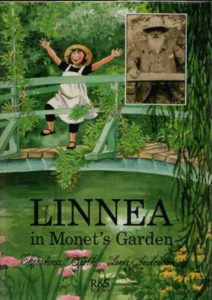 I secretly also felt that the people in children’s books were nicer. But it was when I was at Farrar Straus & Giroux over 2 decades ago that I first enjoyed a marketing promotion success which lead me forward in my career: then I did both sales and marketing. FSG then distributed a small press that had the lovely Linnea in Monet’s Garden book–a backlist staple for FSG for years. A big anniversary was coming up and I proposed we do a promotion to increase sales. I don’t remember all the details, but we designed and printed a cardboard easel-backed cutout figurine of Linnea that bookstores could get for free if they ordered a certain amount of copies of the book. Probably 5–8 copies, I imagine, with maybe a little extra discount. It worked, and sales bloomed for Linnea in Monet’s Garden. That cutout figurine remained in stores for years and years.
I secretly also felt that the people in children’s books were nicer. But it was when I was at Farrar Straus & Giroux over 2 decades ago that I first enjoyed a marketing promotion success which lead me forward in my career: then I did both sales and marketing. FSG then distributed a small press that had the lovely Linnea in Monet’s Garden book–a backlist staple for FSG for years. A big anniversary was coming up and I proposed we do a promotion to increase sales. I don’t remember all the details, but we designed and printed a cardboard easel-backed cutout figurine of Linnea that bookstores could get for free if they ordered a certain amount of copies of the book. Probably 5–8 copies, I imagine, with maybe a little extra discount. It worked, and sales bloomed for Linnea in Monet’s Garden. That cutout figurine remained in stores for years and years.
RVC: You’ve said that you really enjoy the “beginning of the process,” which I take to mean reading submissions and discovering new talent. What do you find so appealing?
SC: It’s discovering new talent that excites me a lot, the proverbial diamond in the rough–reading something that is really good, if not wonderful–and realizing there’s something here, that once revised and polished, there may be an audience for the piece down the road once it’s ready for submission.
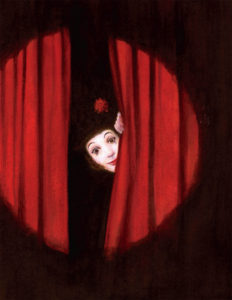 Since we’re talking about the beginning of the process, I also like bringing ideas to my authors. For example, I suggested that Alice McGinty write The Water Lady, forthcoming from Anne Schwartz Books/Random House, after seeing a heartbreaking and astonishing news segment about the lack of running water on Navajo reservations. I had read Marcel Marceau’s obituary and learned he had survived the Holocaust–perfect for a picture book biography by Leda Schubert, Monsieur Marceau: Actor Without Words. And author Elisa Boxer took my idea of a picture book bio about Nancy Pelosi and ran with it–this is due with Crown / Random House in 2021.
Since we’re talking about the beginning of the process, I also like bringing ideas to my authors. For example, I suggested that Alice McGinty write The Water Lady, forthcoming from Anne Schwartz Books/Random House, after seeing a heartbreaking and astonishing news segment about the lack of running water on Navajo reservations. I had read Marcel Marceau’s obituary and learned he had survived the Holocaust–perfect for a picture book biography by Leda Schubert, Monsieur Marceau: Actor Without Words. And author Elisa Boxer took my idea of a picture book bio about Nancy Pelosi and ran with it–this is due with Crown / Random House in 2021.
RVC: Those books sound terrific. But let’s talk about the submission process a bit. Pretend “Joe Smith” sent you one and it’s now at the top of your to-read stack. What are three things you might find in Joe’s manuscript that get you excited?
SC: At the moment, I’m only looking for author/illustrator projects–that is, text and art from one individual–so let’s use that as an example.
First, I must like and relate to the art. This is entirely subjective and can be frustrating for authors when I reject a submission. Believe me, this happens to me with editors all the time, so I totally get it. Luckily I do like a variety of art styles. I have to love the story, feel there’s something worth telling and that it has value of some sort to the general consumer, but especially to editors and publishers. Is it fresh and maybe unusual? Is it a new take on a classic issue for kids? Is it a perfect blend of story and art? And then, does it have some kind of hook or sales handle that an editor can use to get the project through the acquisition process?
Besides loving the art, of course, here are some more tidbits.
What I loved about Joowon Oh’s Our Favorite Day story was that it was intergenerational: about how a grandfather couldn’t wait for his granddaughter to come for a visit. That Joowon and the characters are Korean added another element–and the dumplings didn’t hurt the story!
Jacob Grant’s Bear books with Bloomsbury are so wonderfully simple and humorous, yet their plots all relate to things that any toddler goes through in life. All those fears and issues!
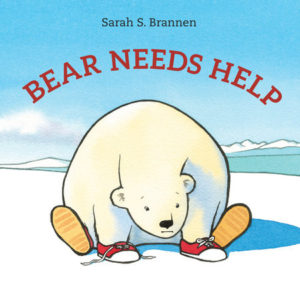 Sarah Brannen’s two picture books with Philomel, Bear Needs Help and A Perfect Day, have very brief texts, but deliver colorful, beautiful art. Each book has a clever, wry twist, as well.
Sarah Brannen’s two picture books with Philomel, Bear Needs Help and A Perfect Day, have very brief texts, but deliver colorful, beautiful art. Each book has a clever, wry twist, as well.
Julie Fortenberry’s forthcoming Darcy’s First Sleepover (Christy Ottaviano Books) and Pearl goes to Preschool (Candlewick), both offer wonderful art and also little kid issues told in a comforting and very appealing manner.
RVC: Beyond the obvious things—typos, preachiness, and length issues—what are some of the common reasons you say no to a manuscript?
SC: If the art doesn’t appeal to me, then I’ll pass on the project, of course. A lot of the art I pass on feels too amateurish and wouldn’t pass muster with my editors, I’m afraid. But then I look at some art in books from major houses that looks like my four-year-old nephew could’ve done it–and I sit back and simply wonder at that! If a story feels derivative, if it’s too similar to others out there, or ones I’ve seen, then I’ll pass on it. I’m not a big fan of alliterative stories, or of rhymed texts–unless superbly done.
RVC: What’s a typical workday like for you?
SC: This is pre-pandemic: I’m up early, and already reading manuscripts in bed. One of us walks the dog, and then I’m at my desk at 7:00am eating breakfast and reviewing overnight emails–my foreign rights agency is based in London, so I’m always hopeful some good news might have come in about a book. A finalized deal from Italy, an offer from Poland, interest from the UK about a novel? I delete all the crappy emails that come in…and then it’s on to the rest of the work day stuff.
As I work totally alone (a true sole proprietor!), I don’t have partners, other agents, or an assistant. I do everything here. All day long I’m responding to a variety of emails from clients and editors and other agents, reading queries (up to 10 to 15 a day). I’m following up with authors on their projects, cajoling some of them to write something new, reviewing a picture book text for the 8th time to see if it works, does it flow well, is it as strong as it can be for submission – does it need one more round? If there’s art involved, is the text laid out well and is it readable? Does the character look the same throughout the pdf?
Many times I send the author an email full of notes about their project, and then we hop on the phone for a conversation to make sure we’re both happy and on the same page. I break for lunch for an hour–and I do a lot of reading of manuscripts, especially novels. After lunch it’s maybe walking the dog again and then back to the computer. The afternoon is filled with much of the same, though I may need to run to the post office or the bank. By 4:00pm, I’m slowing down a bit, and by 4:30 until dinner time, I can be found reading manuscripts in the sunroom. No work until bedtime, when you’ll find me reading manuscripts in bed–or a non-client novel for pure pleasure, if I’m lucky.
RVC: Can we take one of your books as a case study in how the process works? How about Joowon Oh’s 2019 Our Favorite Day, which earned a starred review from School Library Journal and Publishers Weekly?
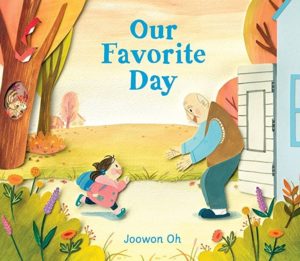 SC: I met Joowon in August 2016. She’s from Korea and was living in New York when she submitted two pdfs to me. I was very much drawn to her art style, I loved the mixed media and her vibrant colors. I passed on one story, yet I told her the other one–then called The Gift–had potential, but needed work. And it did. The story was about a grandfather waiting for a visit from his granddaughter–totally sweet. She wanted some more revision details from me, which I provided, and we decided then to meet in the city for a coffee. Things went well, and I made her an offer of representation, which she accepted. Then we got to work on the text and story, as well as some things in the art.
SC: I met Joowon in August 2016. She’s from Korea and was living in New York when she submitted two pdfs to me. I was very much drawn to her art style, I loved the mixed media and her vibrant colors. I passed on one story, yet I told her the other one–then called The Gift–had potential, but needed work. And it did. The story was about a grandfather waiting for a visit from his granddaughter–totally sweet. She wanted some more revision details from me, which I provided, and we decided then to meet in the city for a coffee. Things went well, and I made her an offer of representation, which she accepted. Then we got to work on the text and story, as well as some things in the art.
Once the pdf was ready to go, the submission process began. Our first submission was an exclusive in November. The editor passed on it, so then I did a multiple submission round in December. And another one in January, and another one in March, which finally generated some interest from Candlewick! But then that editor was leaving and she passed it on to another editor there. The new editor, Kate Fletcher, loved it and eventually made an offer, which we negotiated and accepted.
Kate did a beautiful job working with Joowon on this story–it’s ostensibly the same story, but so much better. The title was changed to Our Favorite Day, and it published in September 2019 to lots of wonderful critical acclaim.
RVC: You’ve been closed to submissions for some time, but you’re open again now (June 2020). What are a few things you’re NOT really looking for in picture books at the moment?
SC: Yes, it’s been a tough several months for my family: we lost an aunt to cancer and I was her primary caretaker–it took up a lot of time, both literally and emotionally, and so I needed to close for new submissions for a while.
RVC: I’m so sorry to hear that, but I’m sure that writers and illustrators seeking representation understand.
SC: I’m open now to author/illustrator submissions only. I want kid-friendly, mostly character-driven stories of any kind. A touch of humor always helps! But, first and foremost, I’m looking for stories that a child would pick up and want read to them (again and again)–not one where the appeal is more for the adult.
I’m also open to fun and or unusual nonfiction in picture books, too. If it has an anniversary tie-in of any type, even better.
RVC: Just to be clear, you’re NOT looking for writers unless they also do their own art.
SC: That’s right. I’m not open to text-only projects. Sorry, but I have enough clients writing those.
RVC: Now, it’s time for the long-awaited, always-appreciated, rarely equaled OPB SPEED ROUND! Zoomy questions and zippy answers, please. Ready?
SC: Let’s do it!
RVC: Best bakery in New York City?
SC: We love Breads Bakery down near Union Square, although there are other locations. You must try their chocolate babka!
RVC: If The Chudney Agency were ice cream, what flavor would it be?
SC: Italian pistachio gelato.
RVC: Your dream picture book project?
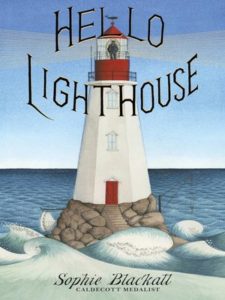 SC: Gosh, there are so many. Hello Lighthouse by Sophie Blackall. Martin Rising: Requiem for a King by Andrea Davis and Brian Pinkney. There are too many, so I’ll stop here.
SC: Gosh, there are so many. Hello Lighthouse by Sophie Blackall. Martin Rising: Requiem for a King by Andrea Davis and Brian Pinkney. There are too many, so I’ll stop here.
RVC: Favorite picture book from childhood?
SC: Bread and Jam for Francis.
RVC: Favorite line from a Chudney-repped picture book?
SC: “I don’t need pants to party” from Jacob Grant’s forthcoming book, No Pants!, Viking, 2021
RVC: Way to end strong, Steven. Thanks so much!

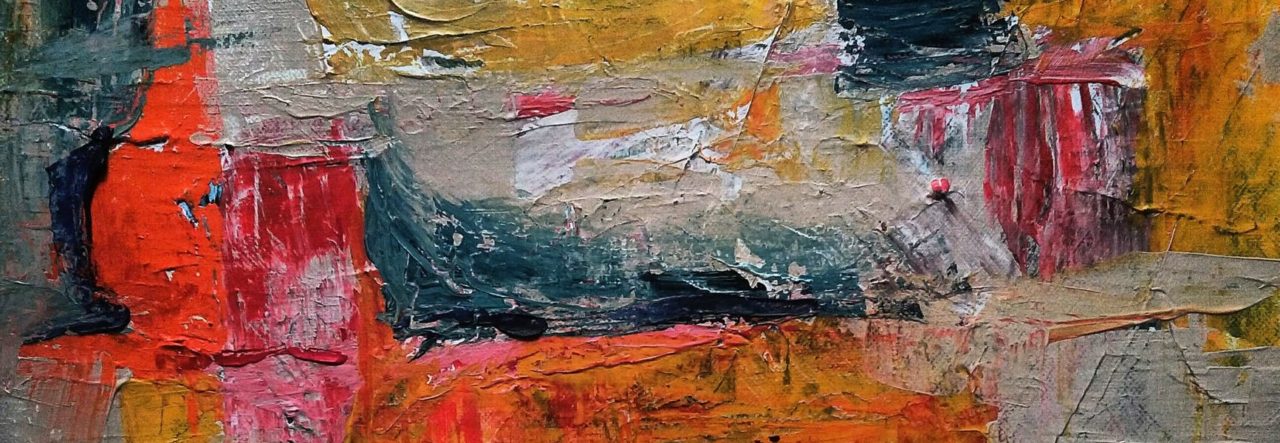
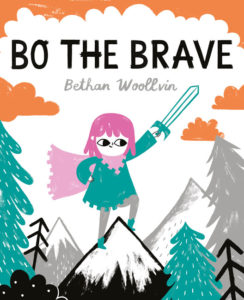
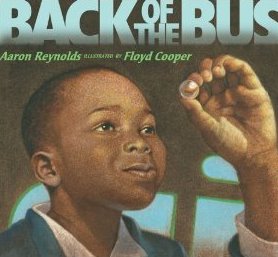
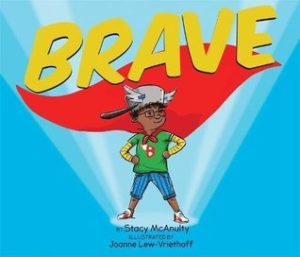
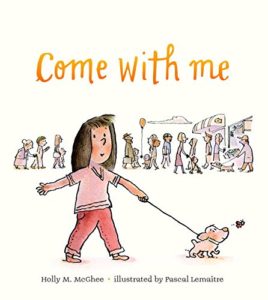
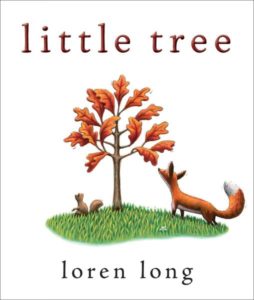
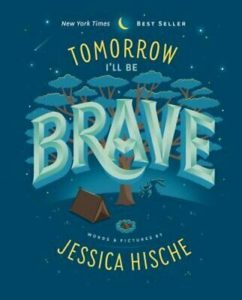
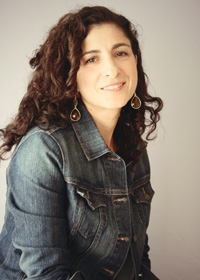 This month’s author interview is with Dev Petty, a former Visual Effects artist who “sat in a terribly dark room for ten years working as a texture painter” for films like
This month’s author interview is with Dev Petty, a former Visual Effects artist who “sat in a terribly dark room for ten years working as a texture painter” for films like 